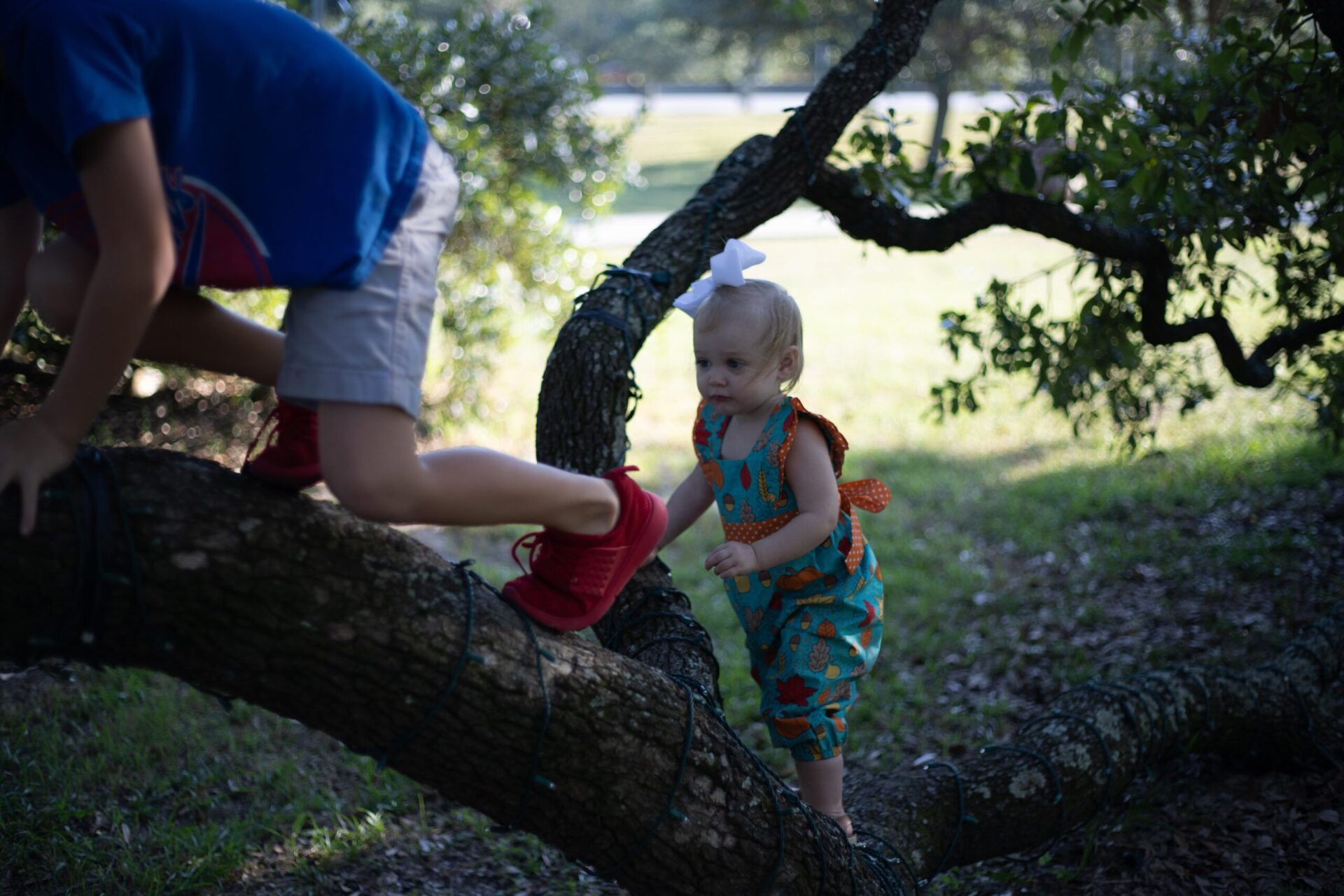How often do you hear your self shouting “Watch out!”, “Be careful!”, “Stop!” and “NO!”? Do you find this a helpful parenting approach?
As my daughter gets older I am hearing these words coming from my mouth more and more! A one-year-old can sure get into a lot of things in a matter of seconds.
Whether you’ve got a baby heading for a staircase, a toddler with a stick or a preschool child with a plate of food there are so many situations where our children can get themselves into trouble.
I’d like to share some other options with you!
Why we should stop saying “be careful”
It scares children – When we shout an instruction at our children we often startle them and make them feel that the world is scarier than it really is. As the grown-up, we can see the broader picture of what is happening and it is our responsibility to guide our children to understand when there is danger about.
It doesn’t help – Most grown-ups don’t react well when told what to do and funnily enough – neither do young children! Often when we say “don’t run” all children will take in is “run”. When we constantly nag “be careful”, “slow down”, “don’t push” children just tune us out.
It is unnecessary – If we wait, watch and trust out children we are often surprised at how competent and capable they are. Yes they might get dirty or get a small bump but risky play is a great teacher (much better than us!)
What to do instead
After you have paused to see if you really need to intervene try narrating what is happening instead of commanding. Trying asking your child what they are doing, offering a suggestion or a choice. Only ask a question if you are happy with either answer!
Make sure you have a safe space in your house and garden so that your child is free to explore without being told ‘no’ or ‘be careful’. After a big day at childcare children need a safe base to unwind and express themselves!
What to say instead:
- I can see that you are near the edge of the step. If you fall it will hurt.
- The ground is hot. Here are your shoes.
- The branch is high/thin. What’s your plan?
- This play equipment is too high for you. I’m not going to let you on it.
- This is a carpark. We can hold hands or I can carry you.
How to get your children to ‘stop’ when it’s important
- Save shouting and strong words for real emergencies – when I shout ‘STOP’ because my child is near a driveway and hasn’t seen a car I want her to freeze, I don’t want her to be desensitised from constantly being told no.
- Physically move toward your child, if there is danger run! But otherwise don’t rush, move slowly and confidently.
- Get down on their level and communicate clearly and in a neutral voice.
- Play games like ‘freeze’ to music or ‘Red light, green light, orange light’ in the backyard (red light = freeze, green light = fast, orange light = slow-mo) to practise stopping when asked.
Our children can get themselves into danger very quickly and we need to be ready to respond and keep them safe when necessary. However most of the time they will be just fine if we take a step back, close our mouths, watch and observe.
Check out Nature Play Western Australia for some more great ideas.









